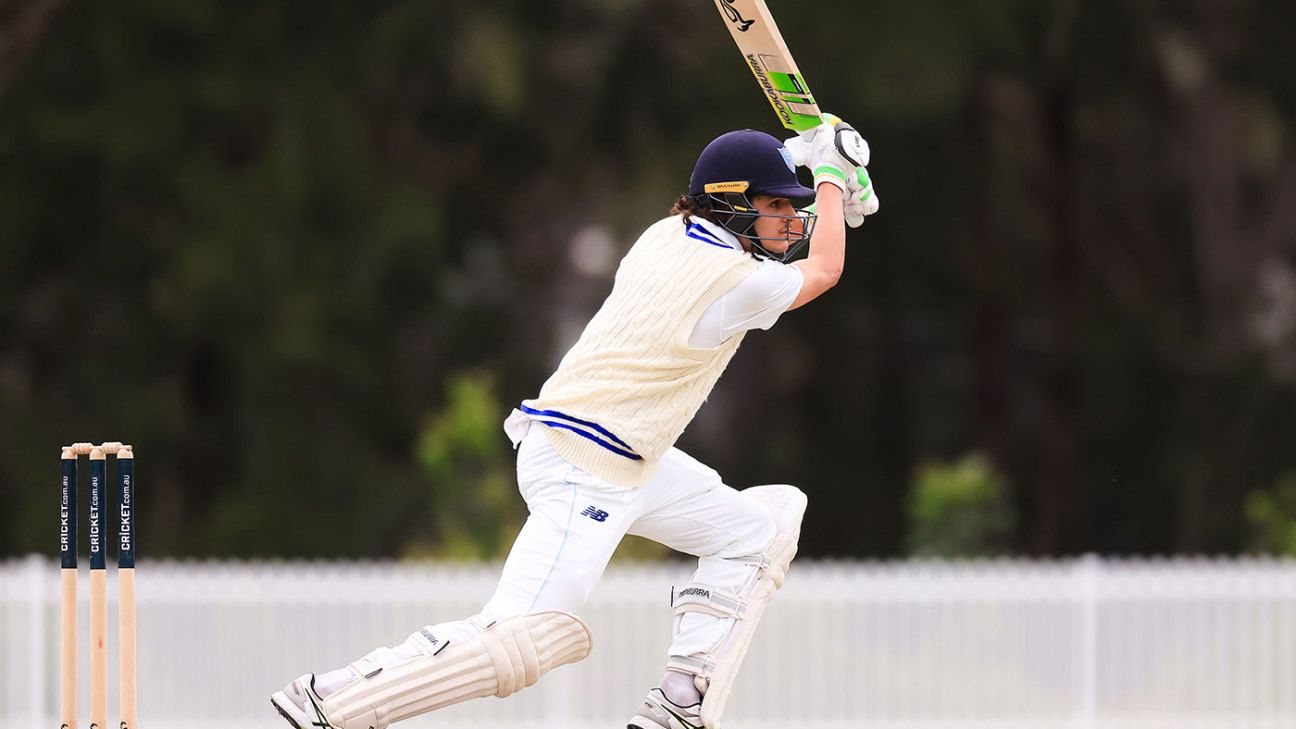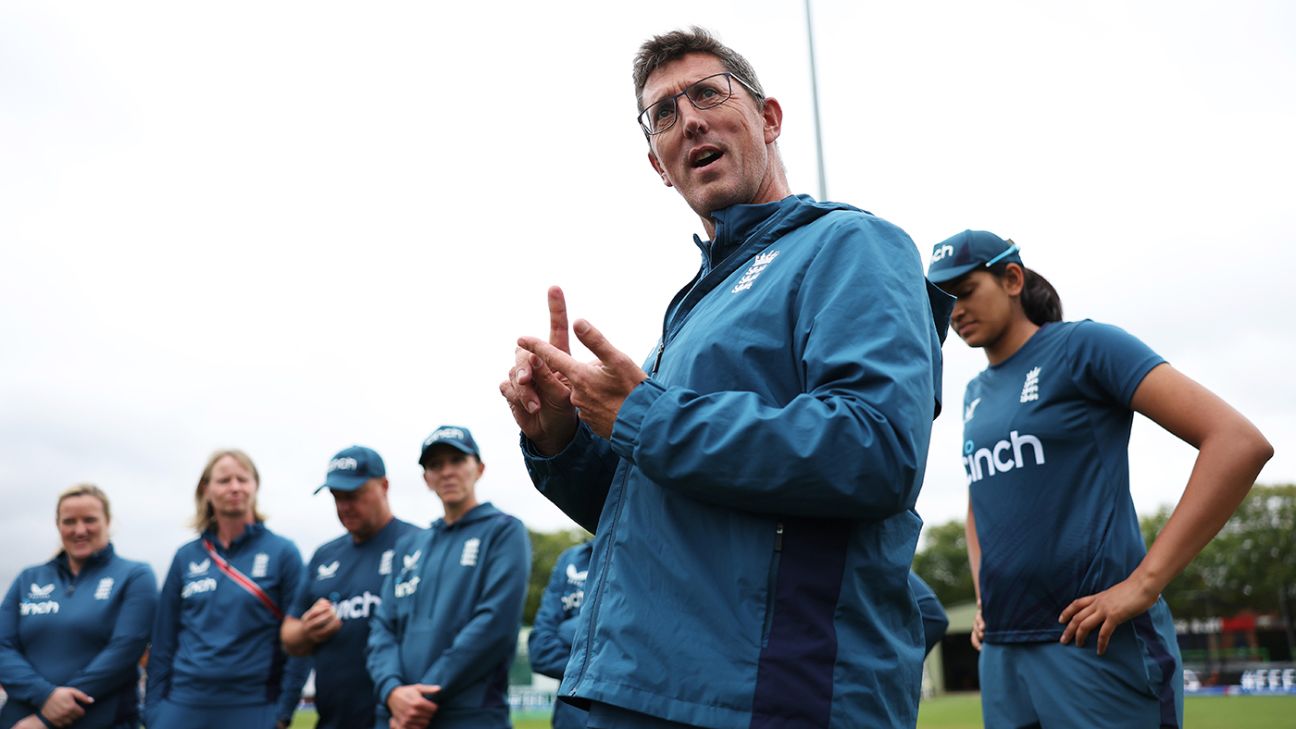Australia’s Test Selection Conundrum: Top-Order, Allrounder, and Bowler Contenders Emerge
With Cameron Green’s back injury and Steven Smith’s return to the middle order, Australia’s Test selection plans for the summer have undergone significant changes. Several players are vying for a spot in the squad, with a combination of Sheffield Shield and Australia A matches providing opportunities to impress.
Top-Order Contenders:
Marcus Harris, despite a strong start to the season, faces competition from Cameron Bancroft, who has consistently performed in the Shield. Sam Konstas, a promising 19-year-old, has also emerged as a potential candidate. Matt Renshaw, a former Test player, remains in contention despite being overlooked for the Australia A squad.
Allrounder Options:
With Green’s absence, the search for a like-for-like replacement is unlikely. Beau Webster, a Tasmanian allrounder, has impressive batting and bowling numbers. Aaron Hardie, another emerging allrounder, will have opportunities to showcase his skills in the ODI and T20I series against Pakistan.
Reserve Batter:
Nathan McSweeney, the South Australia captain, is highly regarded for his run-scoring and leadership. He could be considered as a reserve batter, potentially opening up the possibility of an incumbent moving up the order.
Bowlers:
Scott Boland and Michael Neser are the frontrunners to provide backup to the established pace trio. Sean Abbott, who has previous Test experience, could also be in contention due to his batting depth.
Upcoming Matches:
The Sheffield Shield and Australia A matches will provide crucial opportunities for players to stake their claim. Harris will face a stern test against New South Wales, while Konstas will take on Scott Boland at the MCG. Webster and Hardie will feature in the Australia A series, where strong performances could enhance their chances of a Test call-up.



